Not so deep into Bentley’s website, just a few clicks through virtual pages where glossy people drive opulent cars in gilded vistas, there is a description of the new Mulsanne Speed.
“This,” Bentley says, “is a car for independent thinkers. For those with the unquenchable desire to take the wheel and change the world, there is no more accomplished combination of performance, luxury and style.”
Independent thinkers, eh? Changing the world, in fact? Oh, really? Pan that mental film reel in your head to the innocuous-looking white car here.
The Tesla Model S is the vehicular equivalent of man’s footprint on the moon: a luxury saloon that makes electric propulsion desirable and feasible to a huge audience, thanks to a claimed range of 305 miles, a reasonable price and all the smug feel-good factor (if not more) that you get with conventional diesel alternatives from BMW, Audi et al.
Not only that but, in the devastatingly rapid 682bhp four-wheel-drive P85D model we have here, it’s also got the sort of performance that – even today – seems remarkable.
So let’s get something straight. These two cars count as luxury performance saloons in the same way that Hampton Court Palace and The Shard are both buildings of architectural interest.
The Bentley Mulsanne Speed is a prime piece of gentrified chic that wears its appeal brazenly in the badge on its lofty bonnet, through the splendid mutter from its updated 6.75-litre, 530bhp twin-turbo V8 and via the silkiness of its hide and the general presence it exudes like a forcefield.
At £252,000 (not including the breathtaking £55,400 worth of options fitted to our car), its ‘proper’ competition includes a Rolls-Royce Phantom, or use of a private helicopter – and that’s about it.
Perhaps most crucially with this top-end version of Bentley’s grandest model, there’s also the question of whether it can live up to its billing as a Mulsanne that you want drive rather than sit in the back of in order to be driven.
Even so, the Tesla poses an interesting if abstract contrast. Can a £79,900 car (after the government’s £5000 plug-in car grant) really show up the opulent Mulsanne Speed? Does it really feel £177,100 cheaper? It’s certainly not slower. In fact, the Tesla makes the Bentley’s ‘Speed’ moniker seem somewhat ironic, given that the Mulsanne reaches 62mph in 4.9sec, while the Tesla will do it in a supercar-worrying 3.1sec.

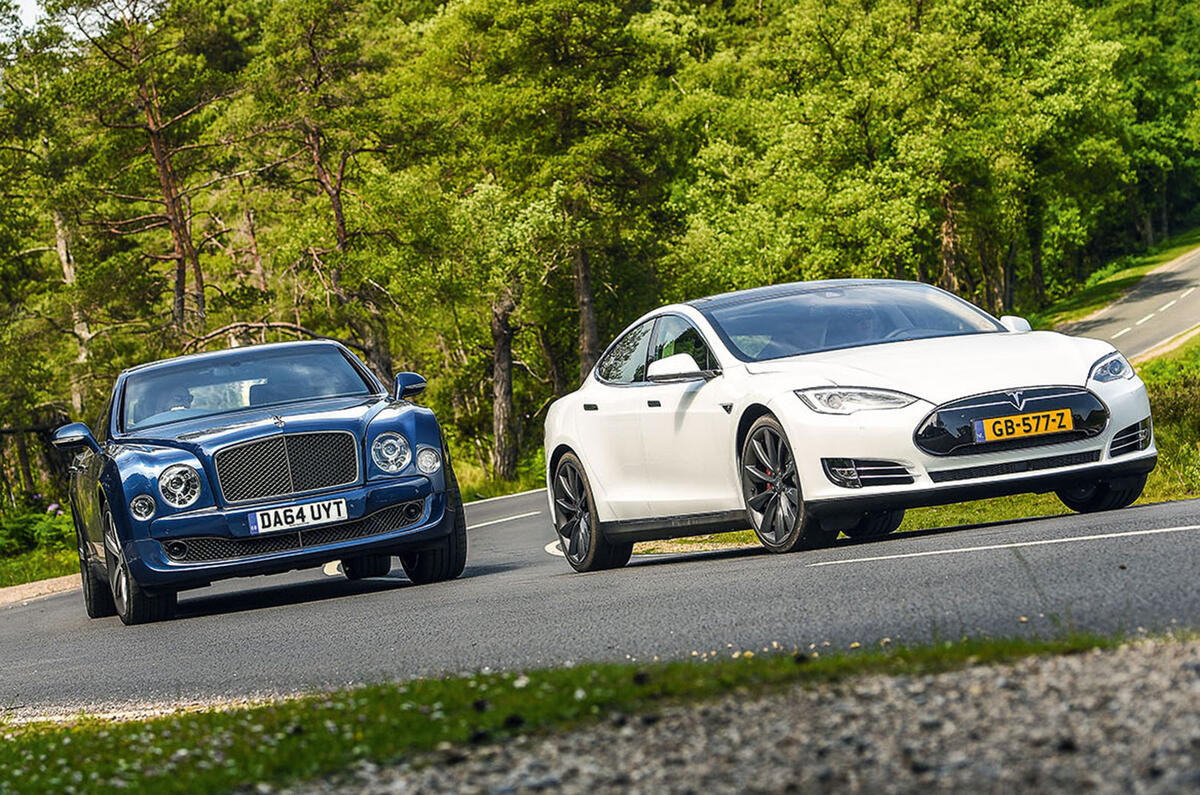
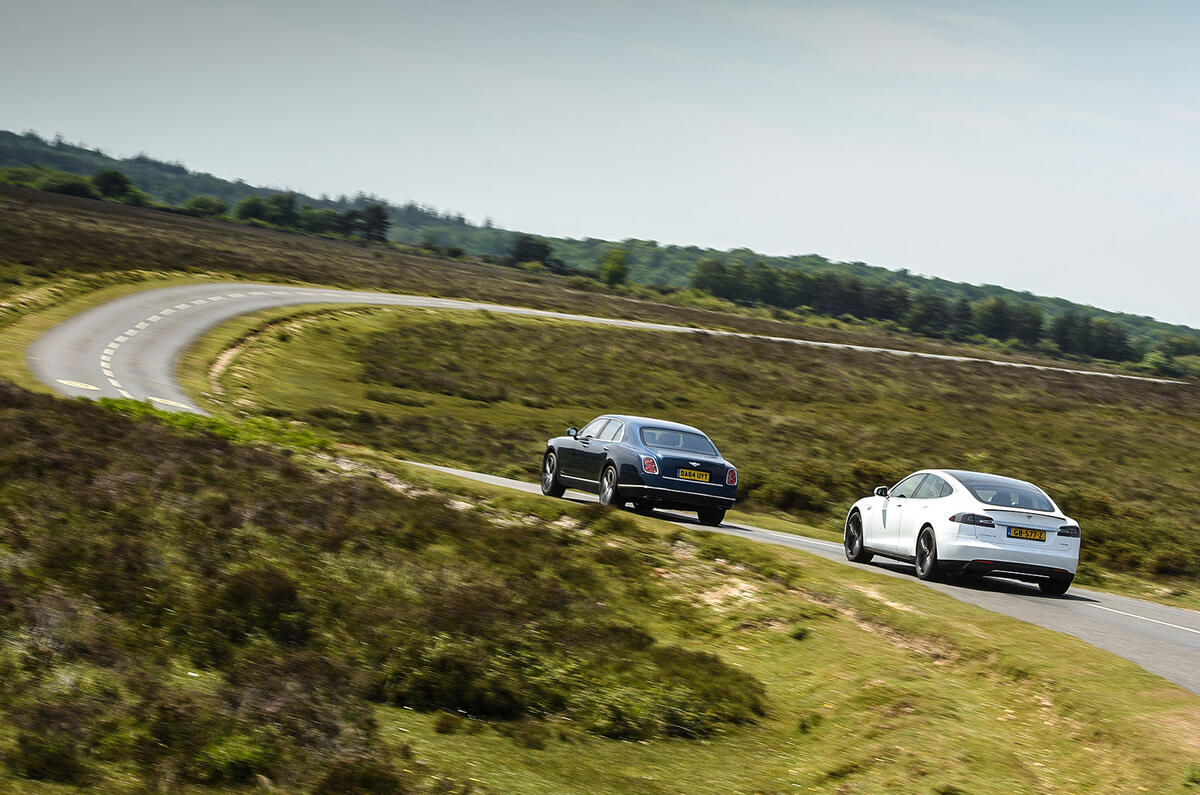
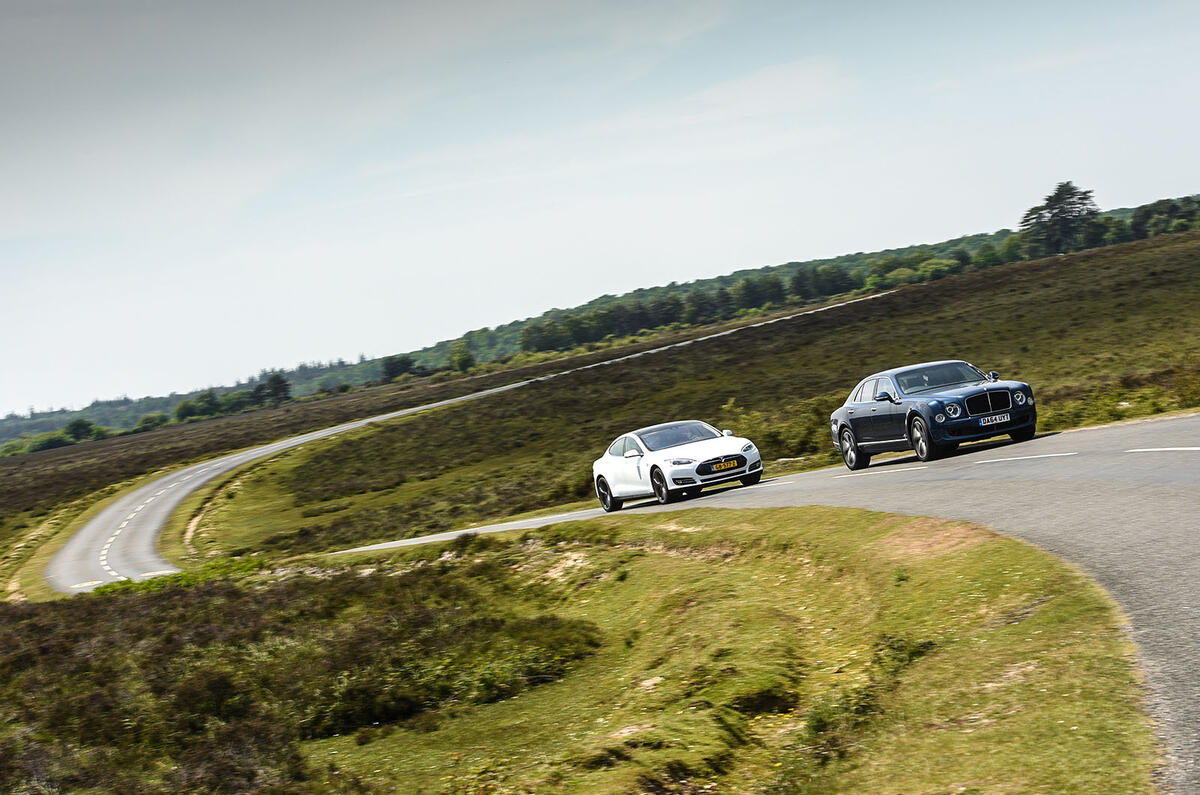
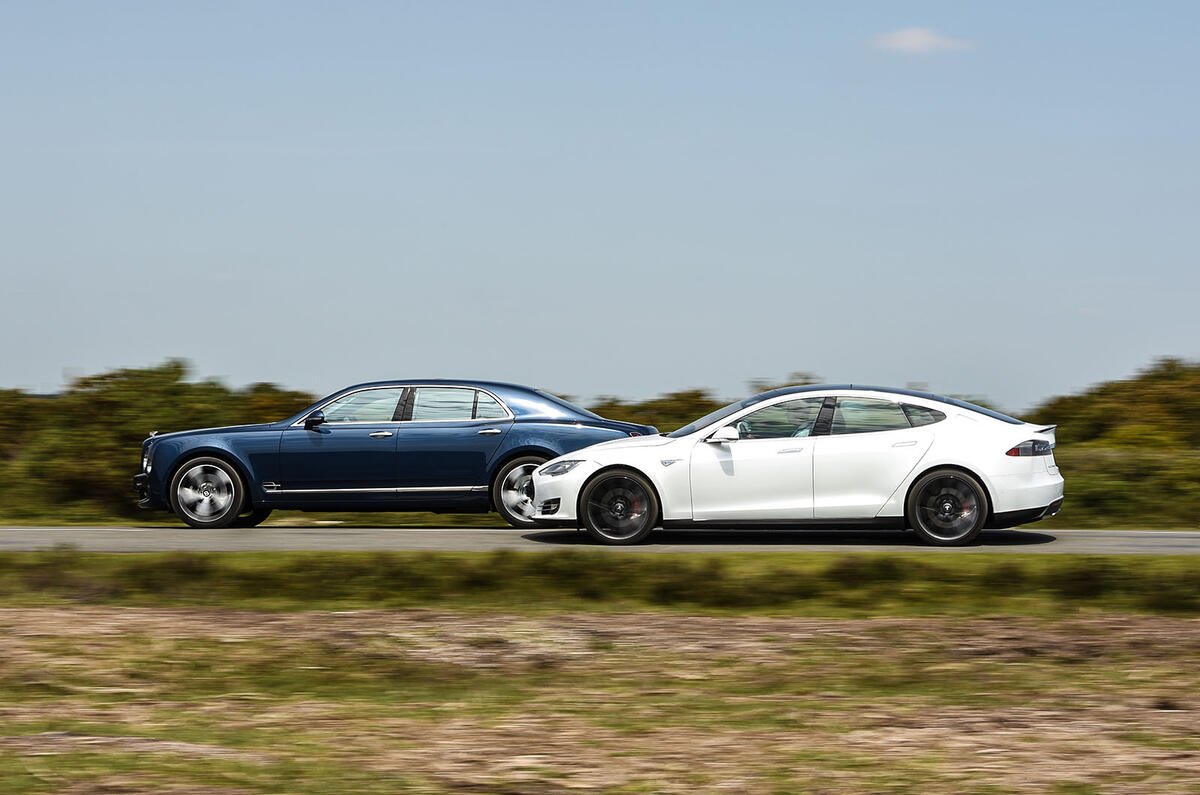


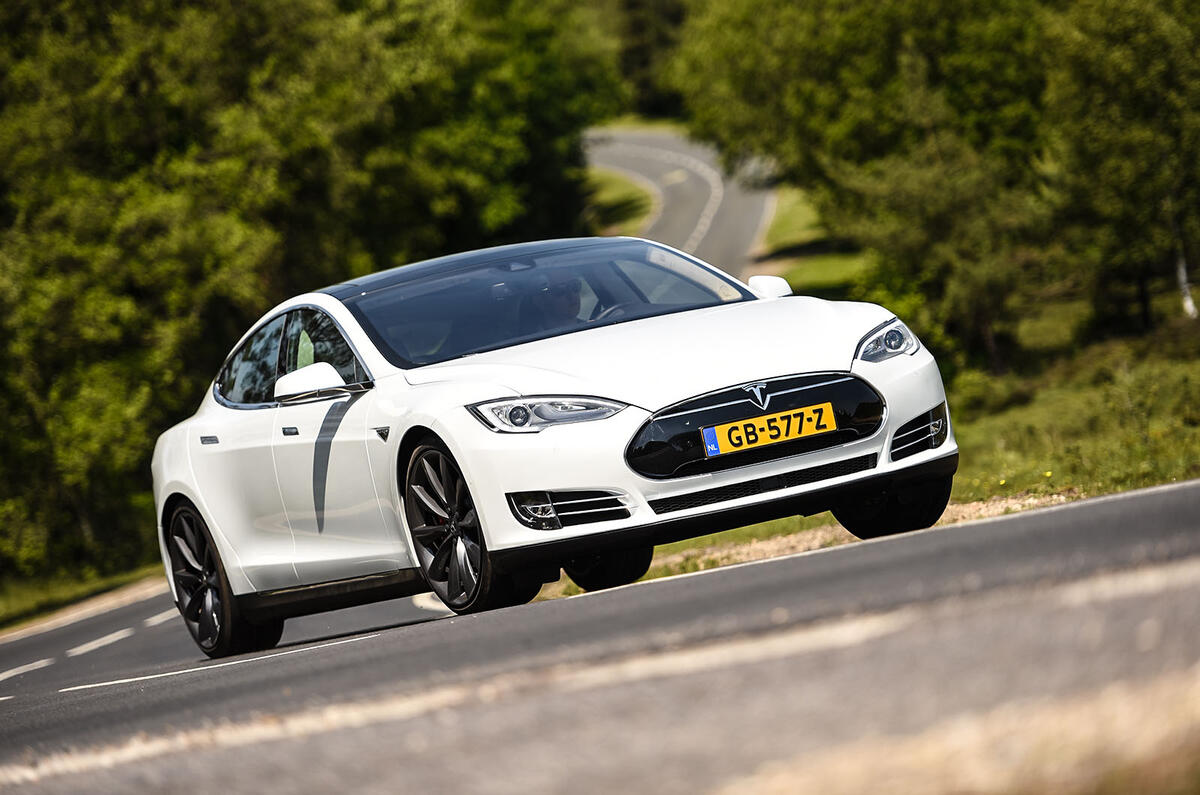
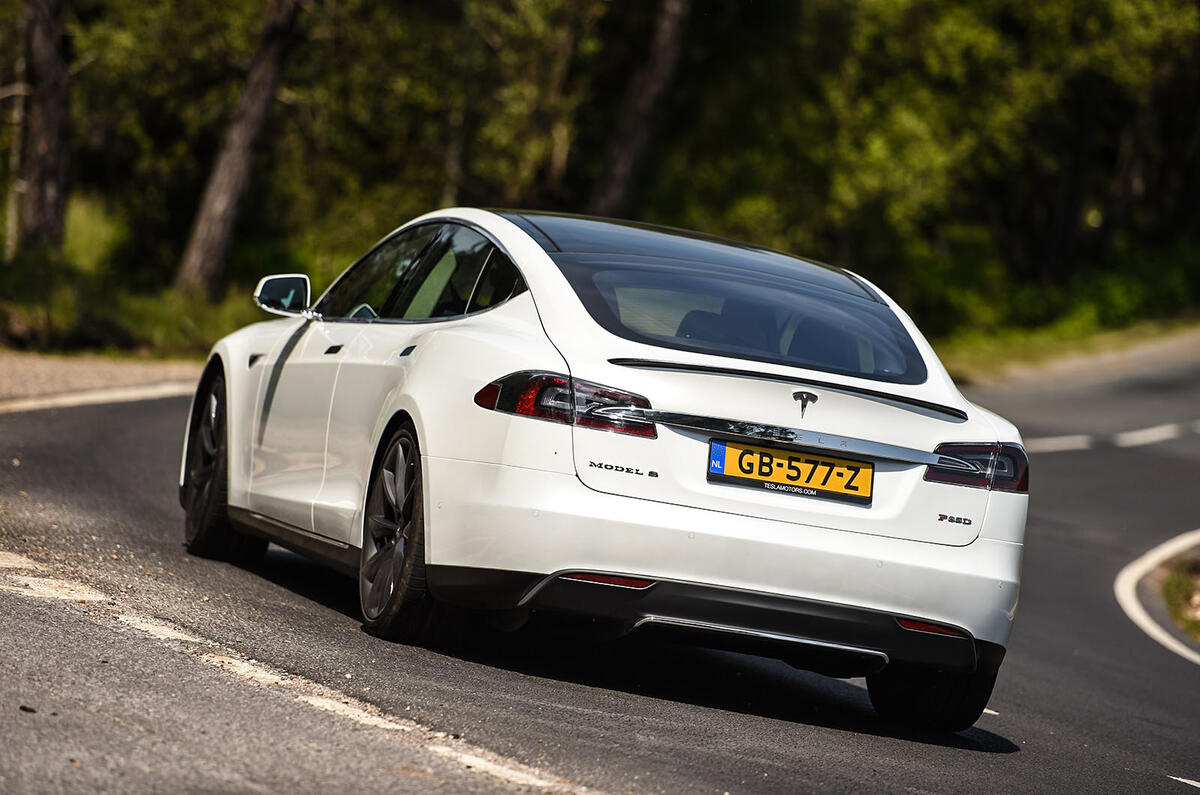

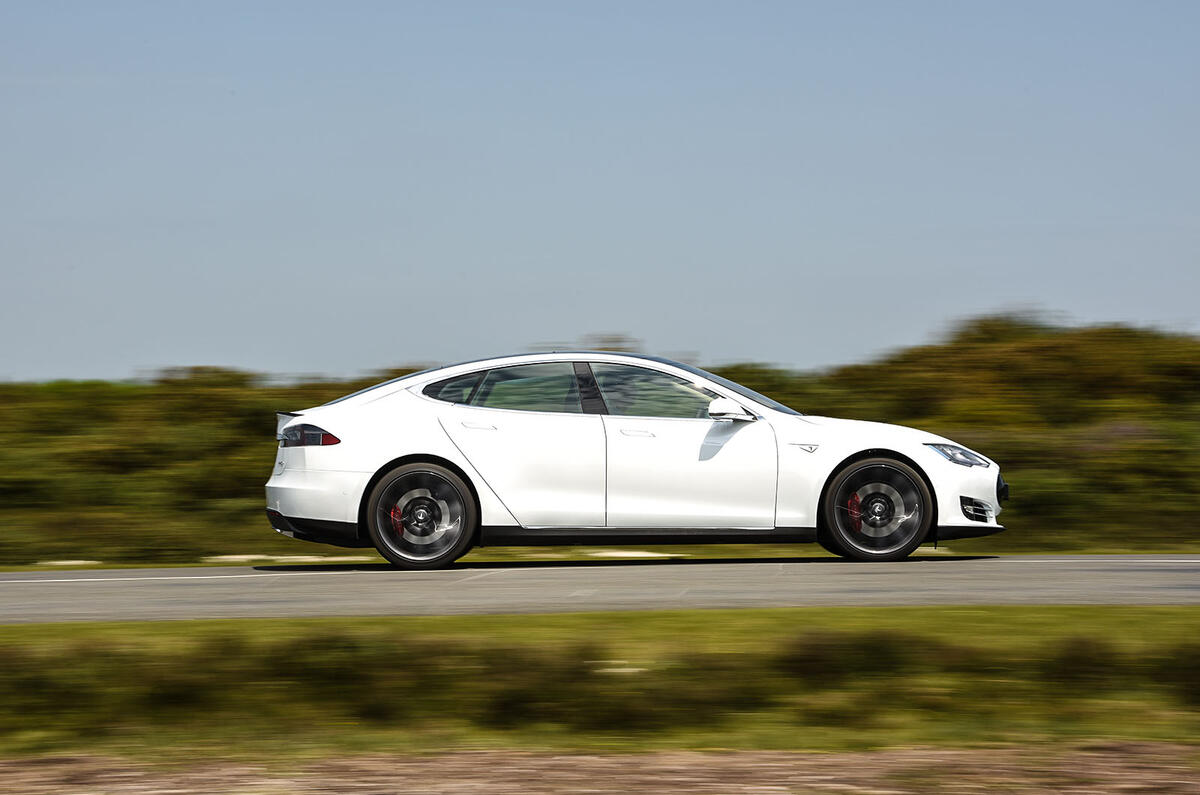
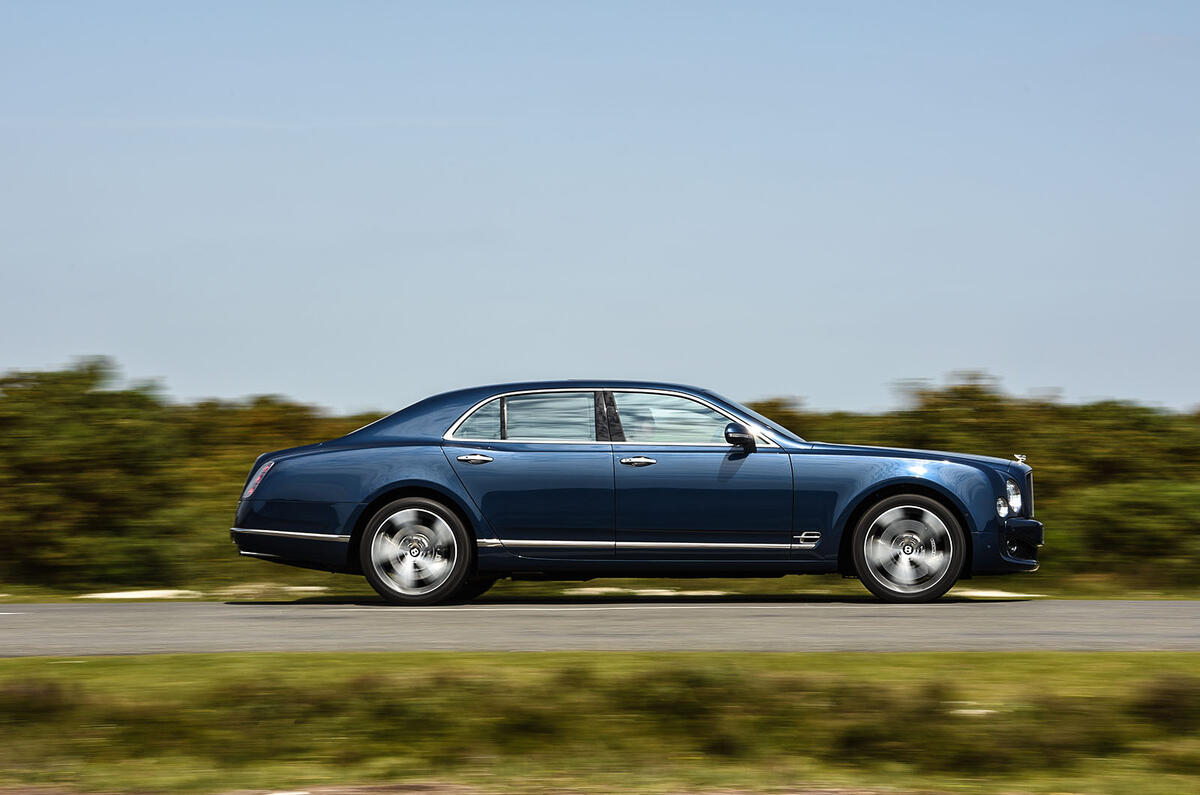
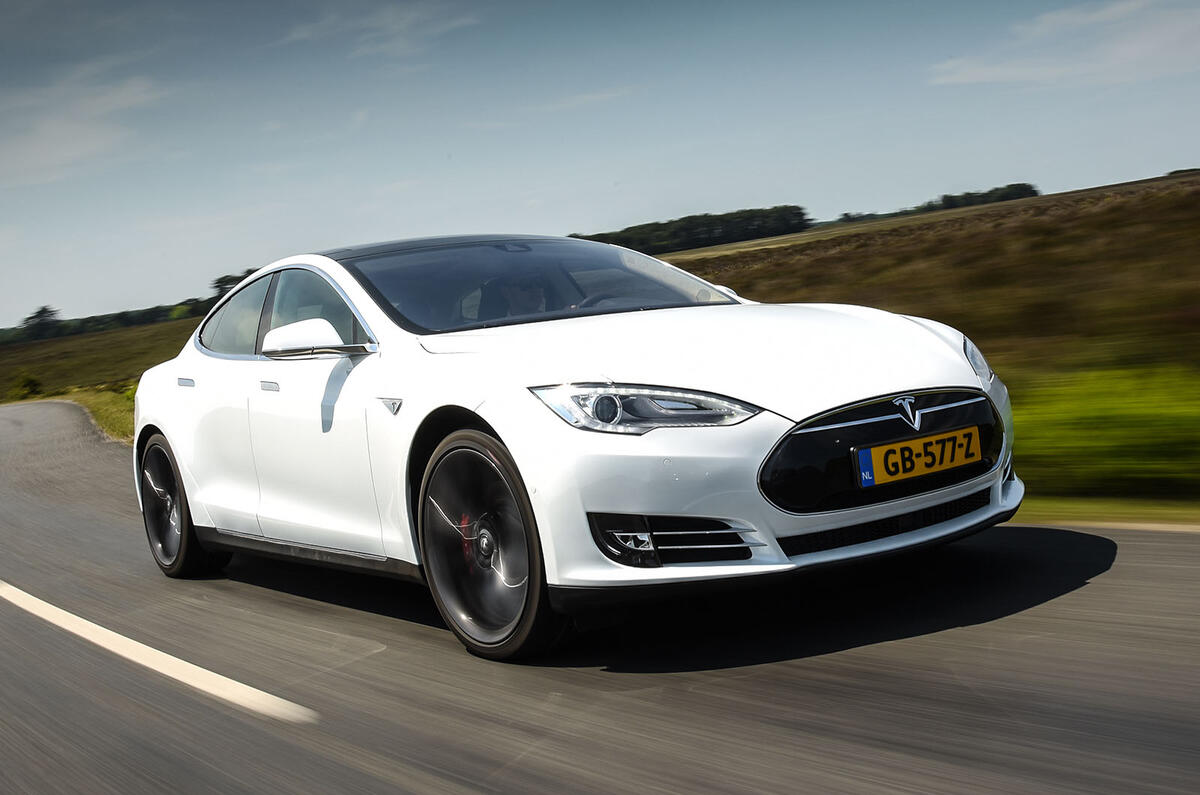
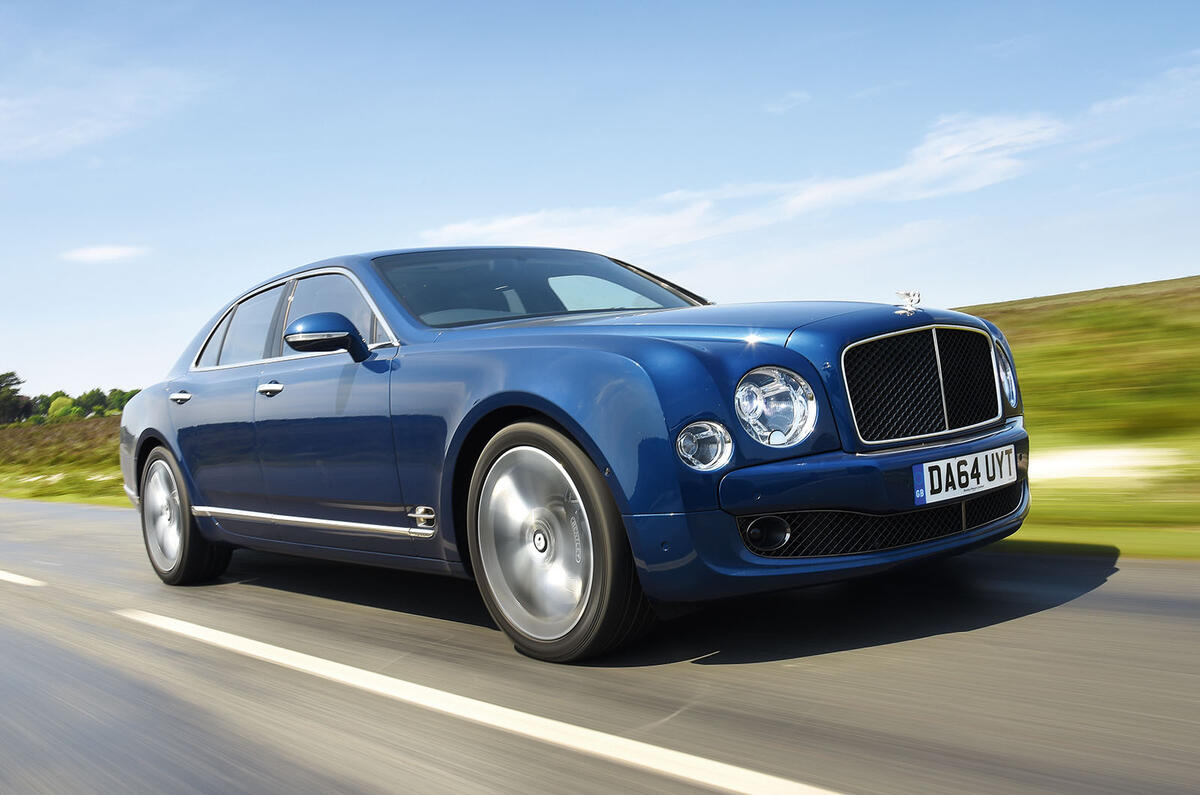
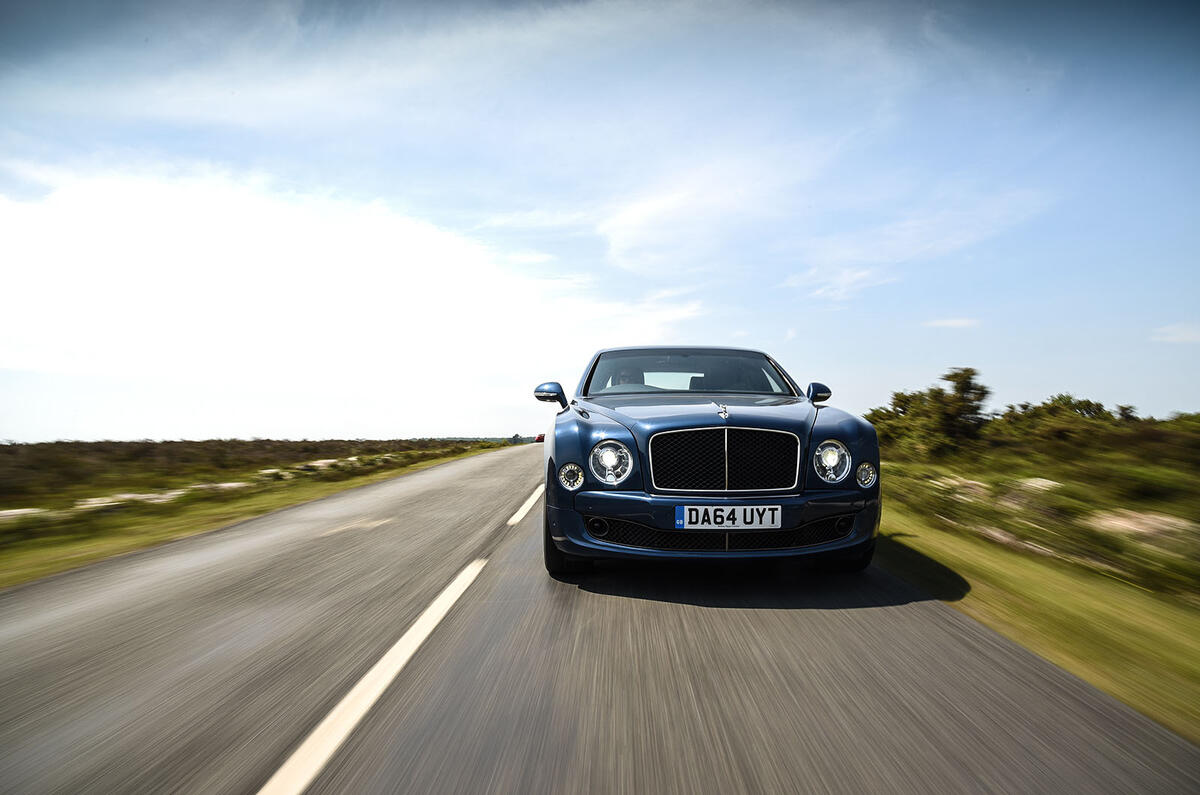
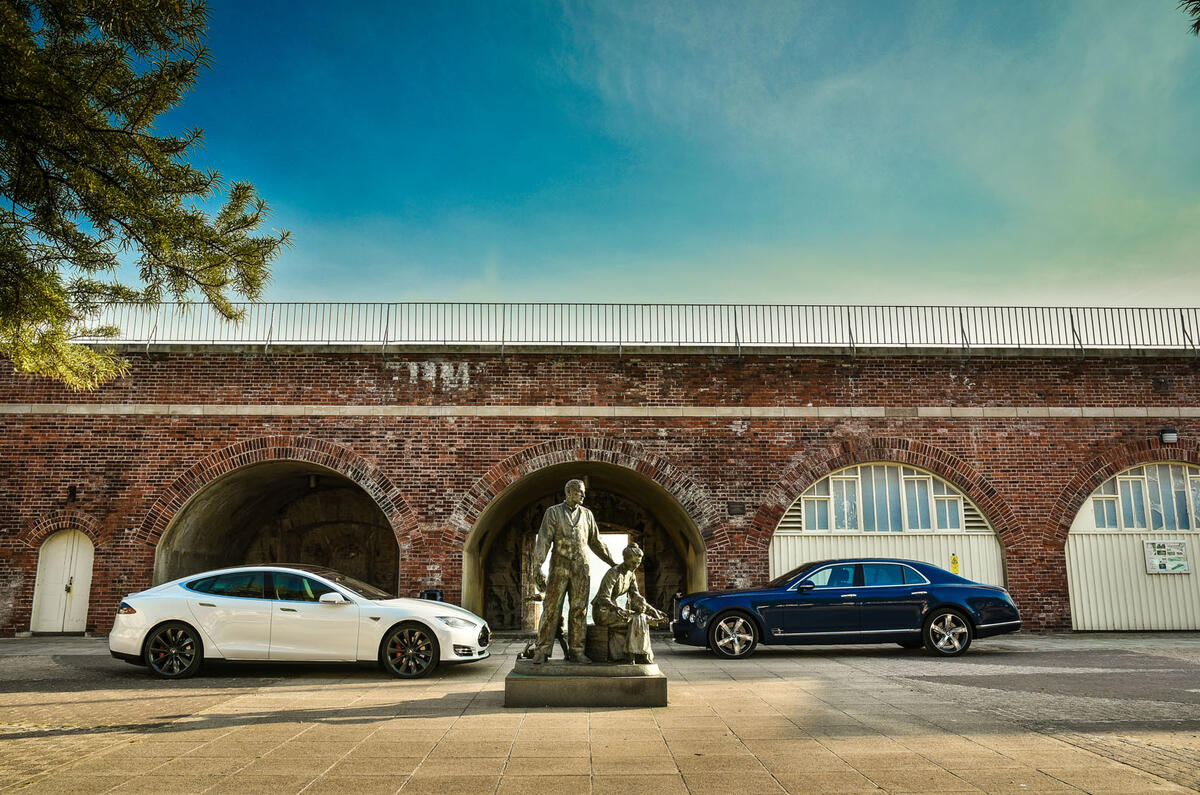
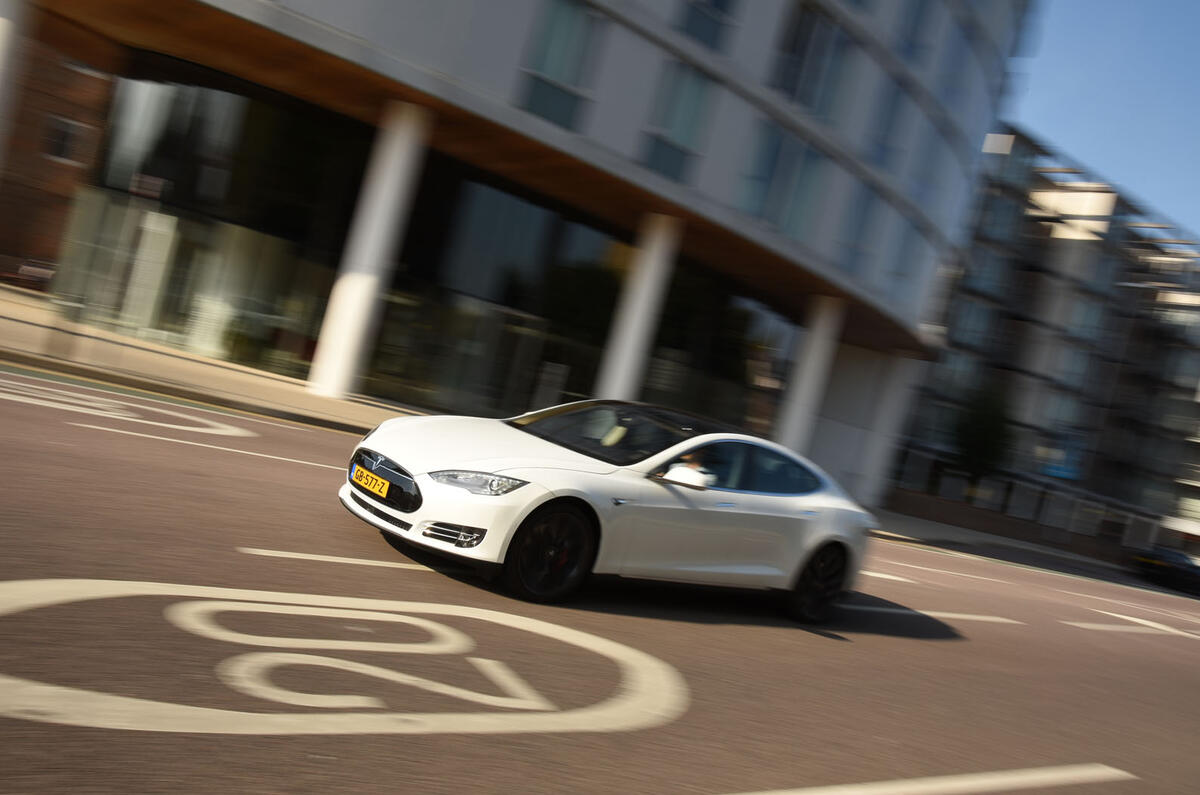
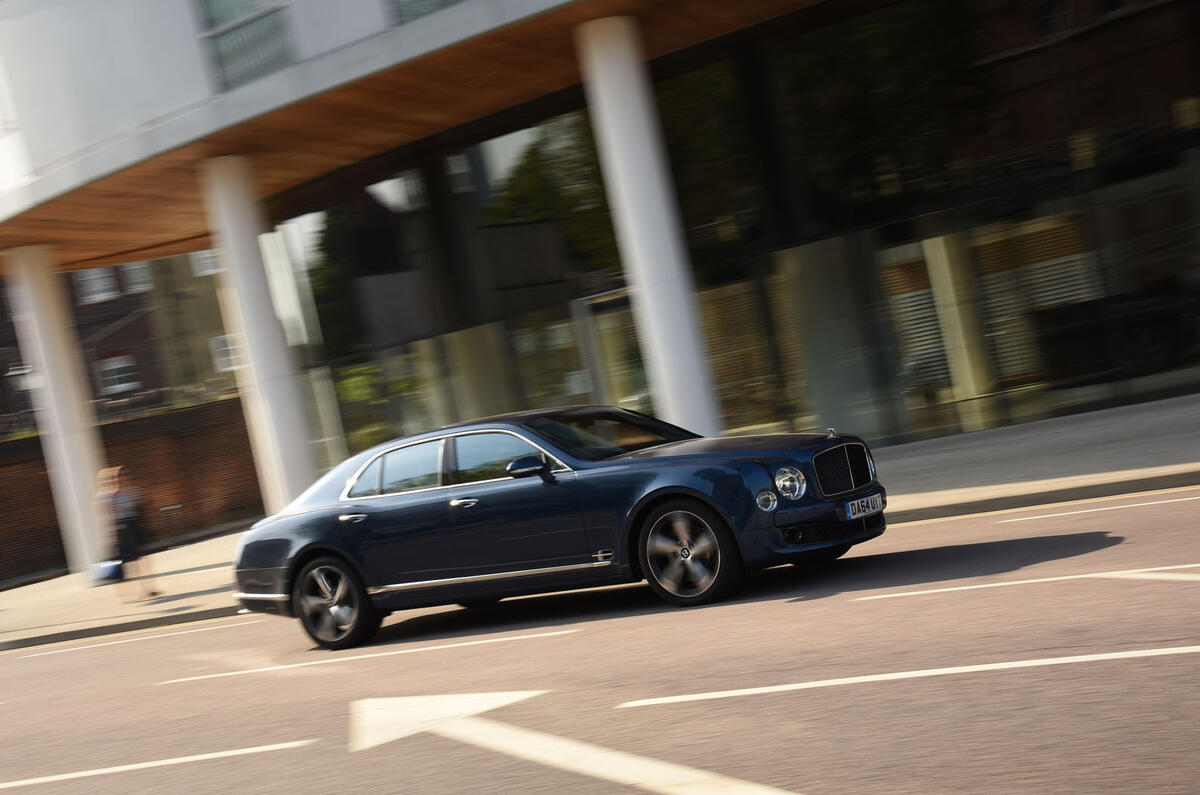

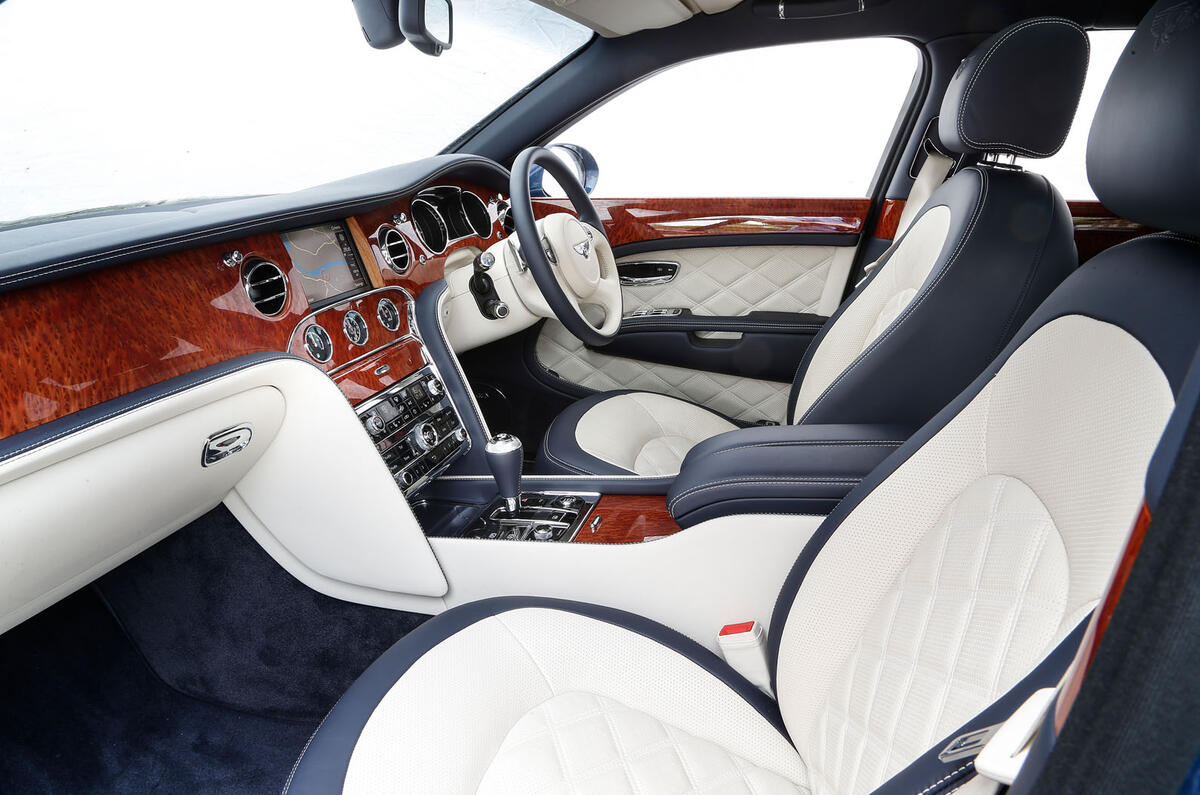
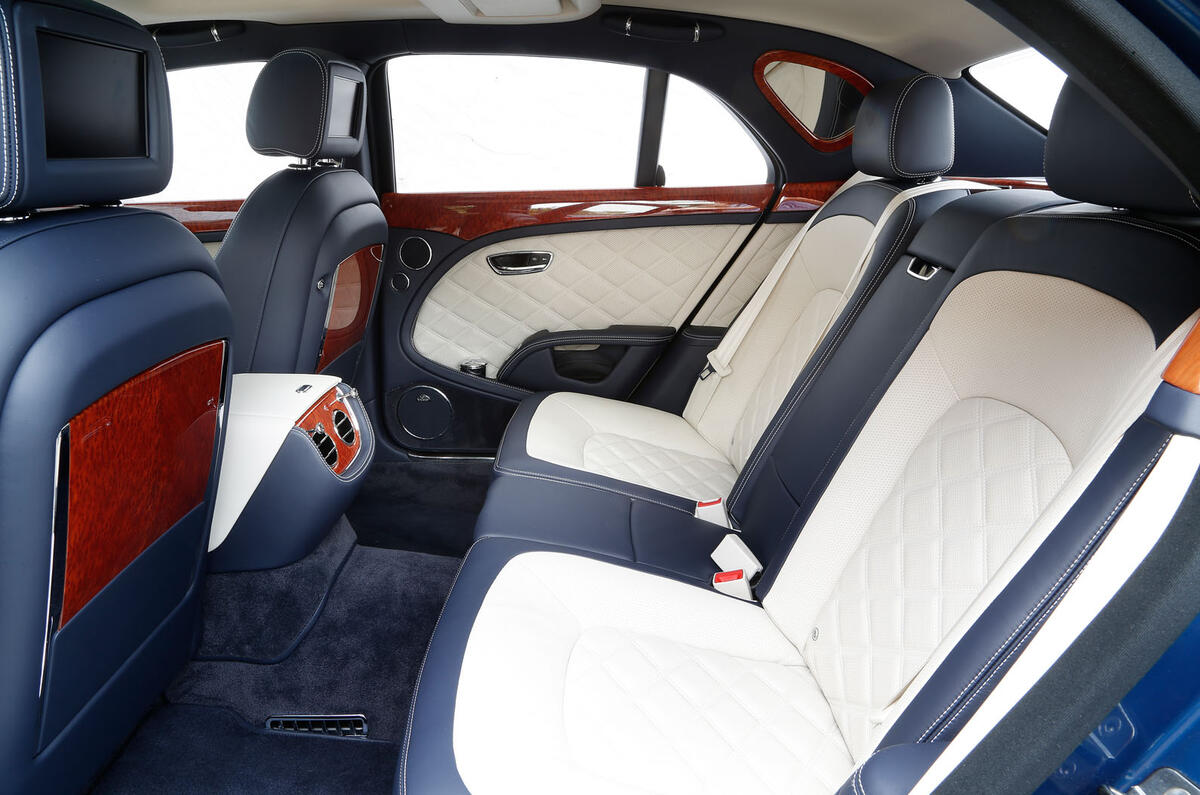
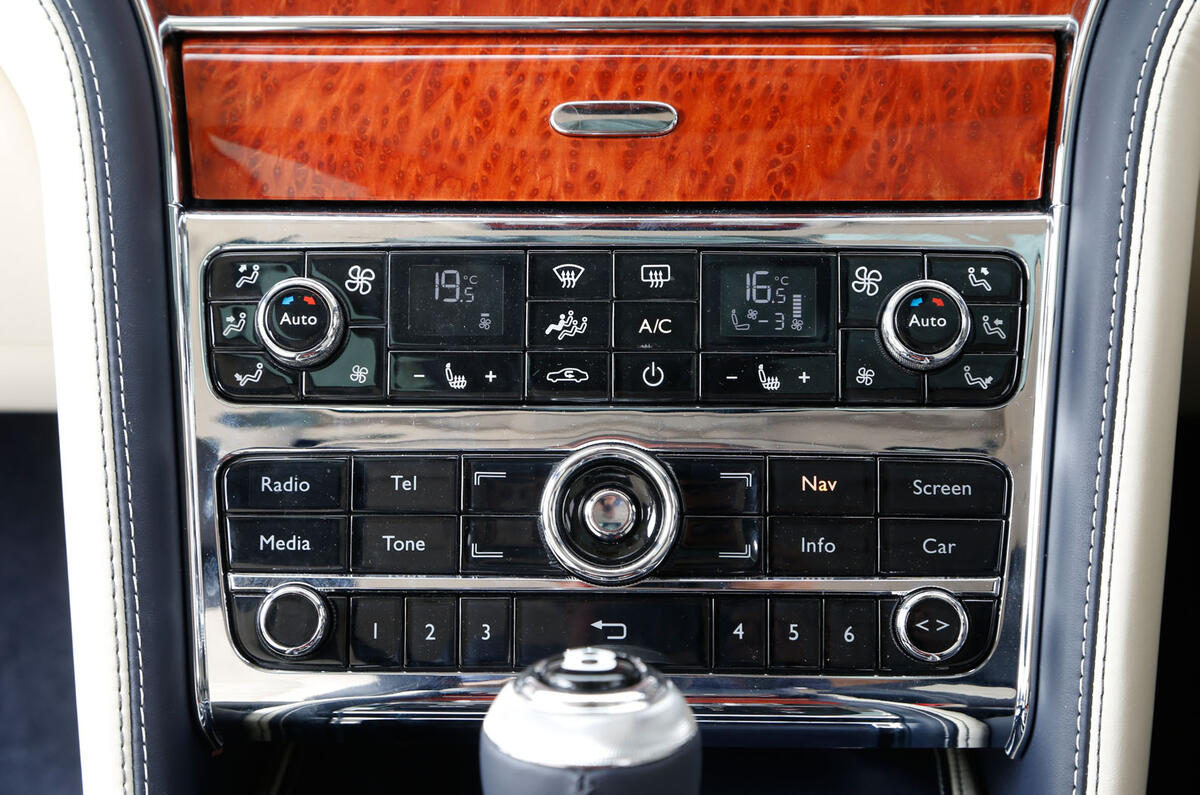
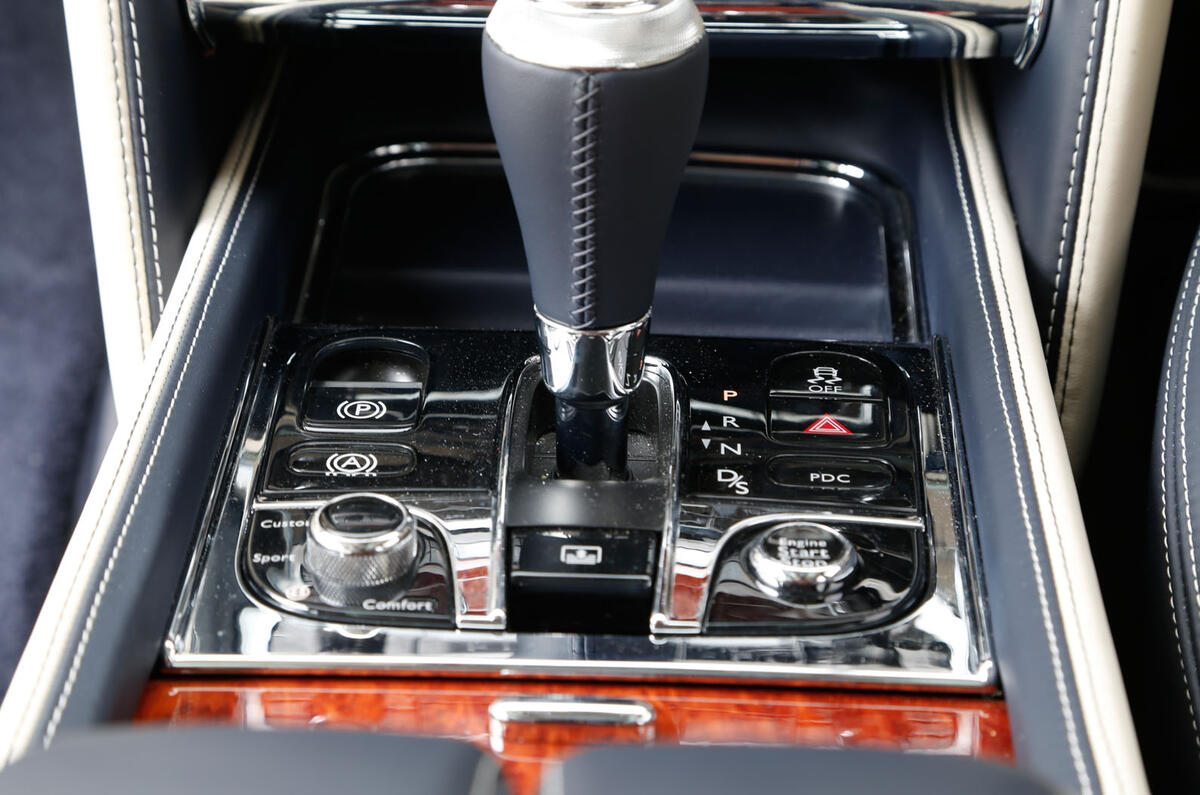


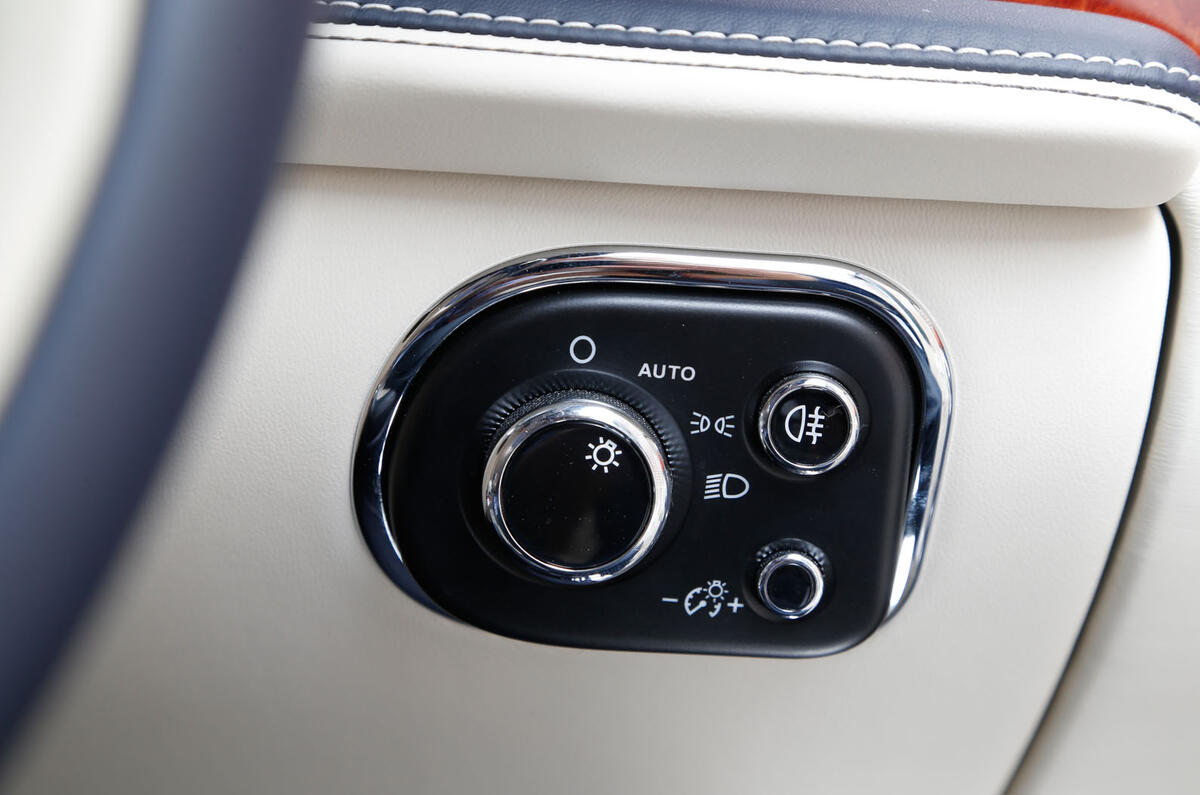
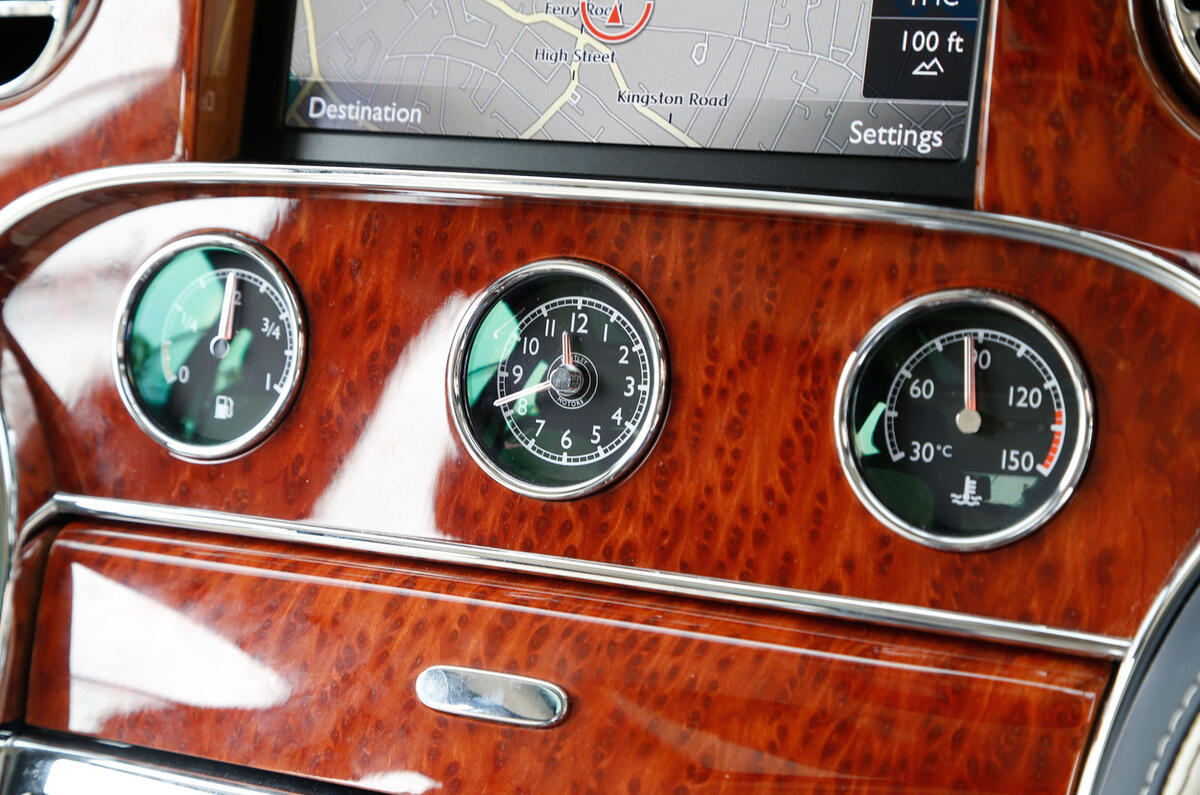
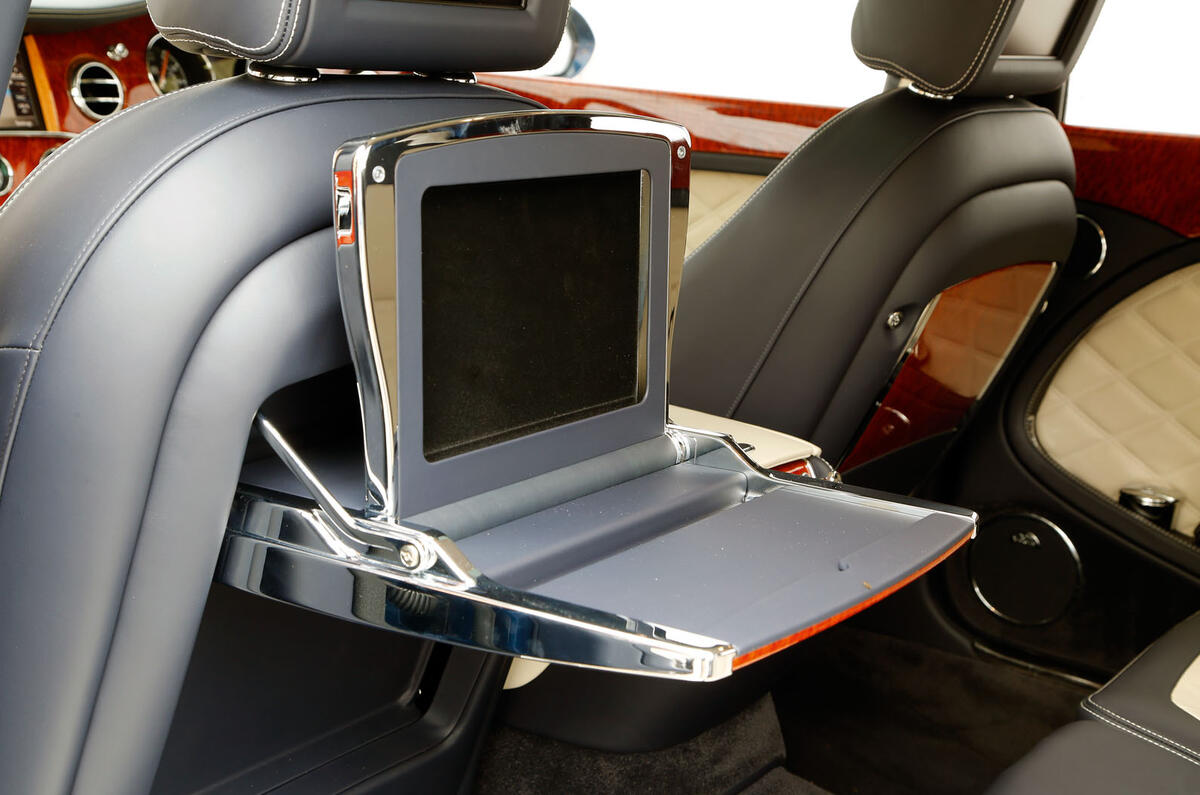
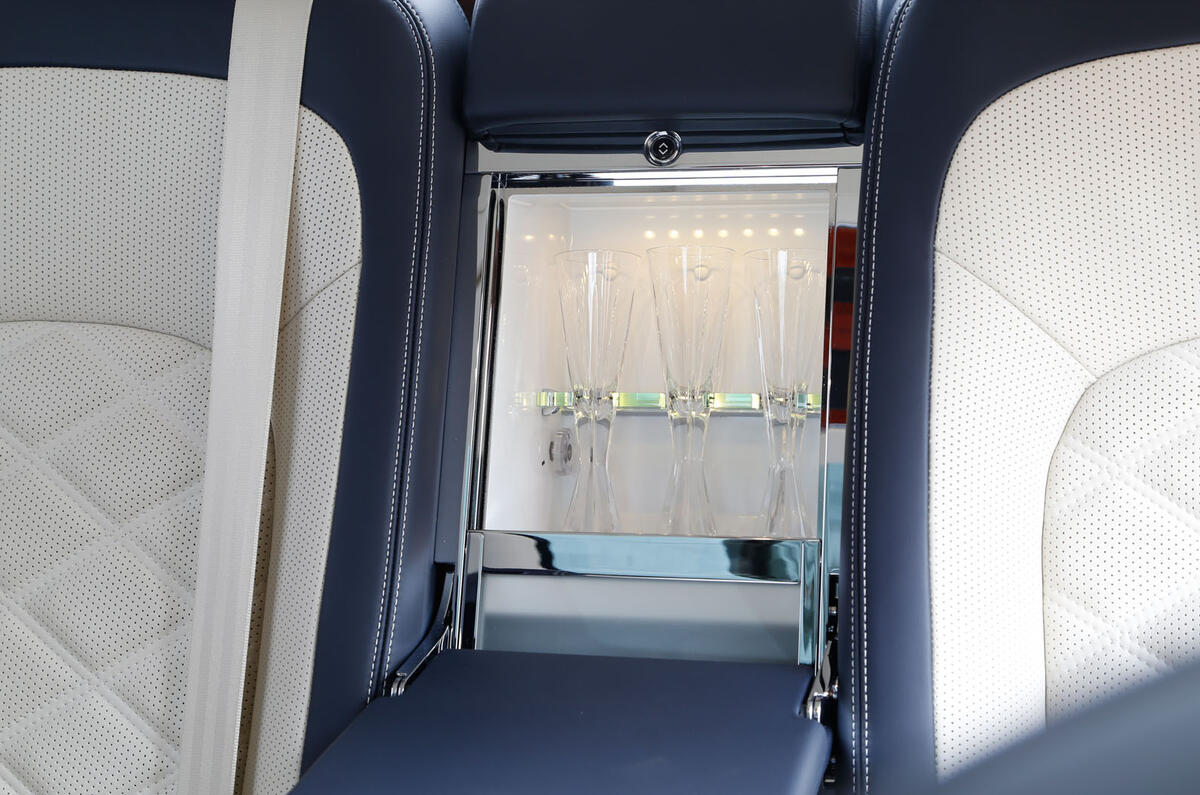
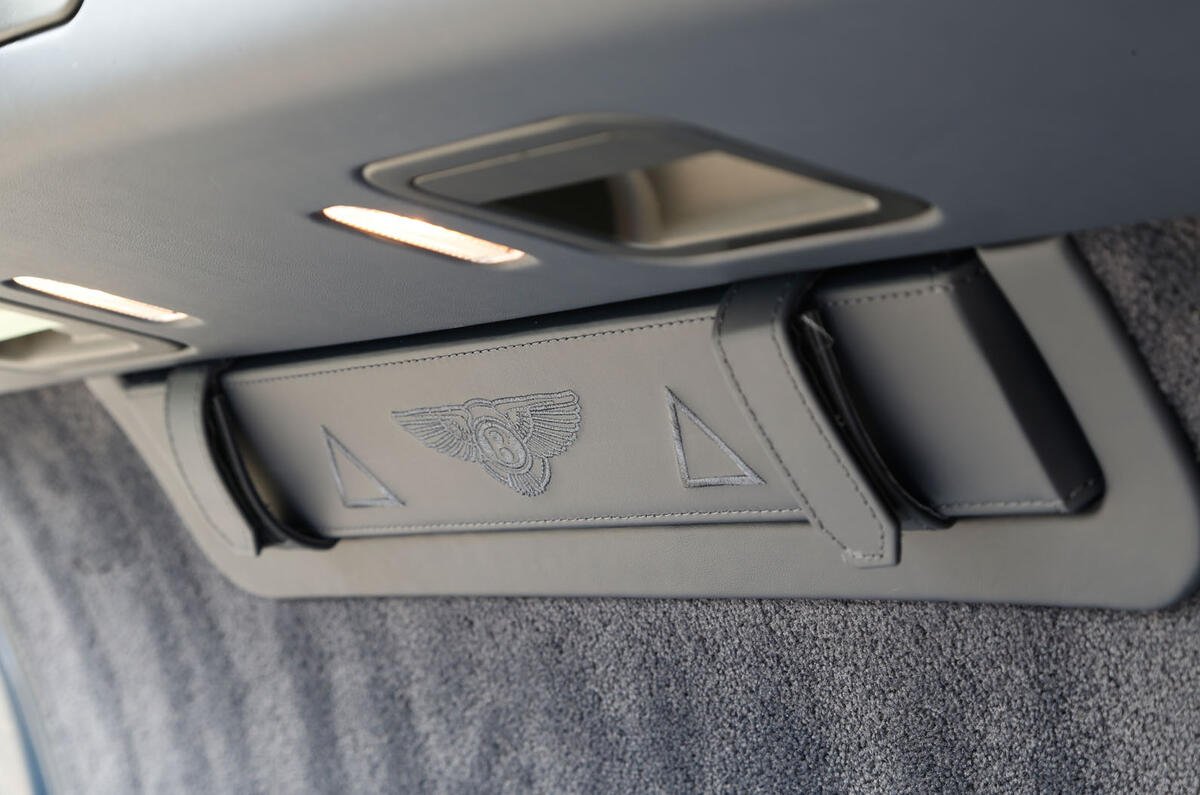
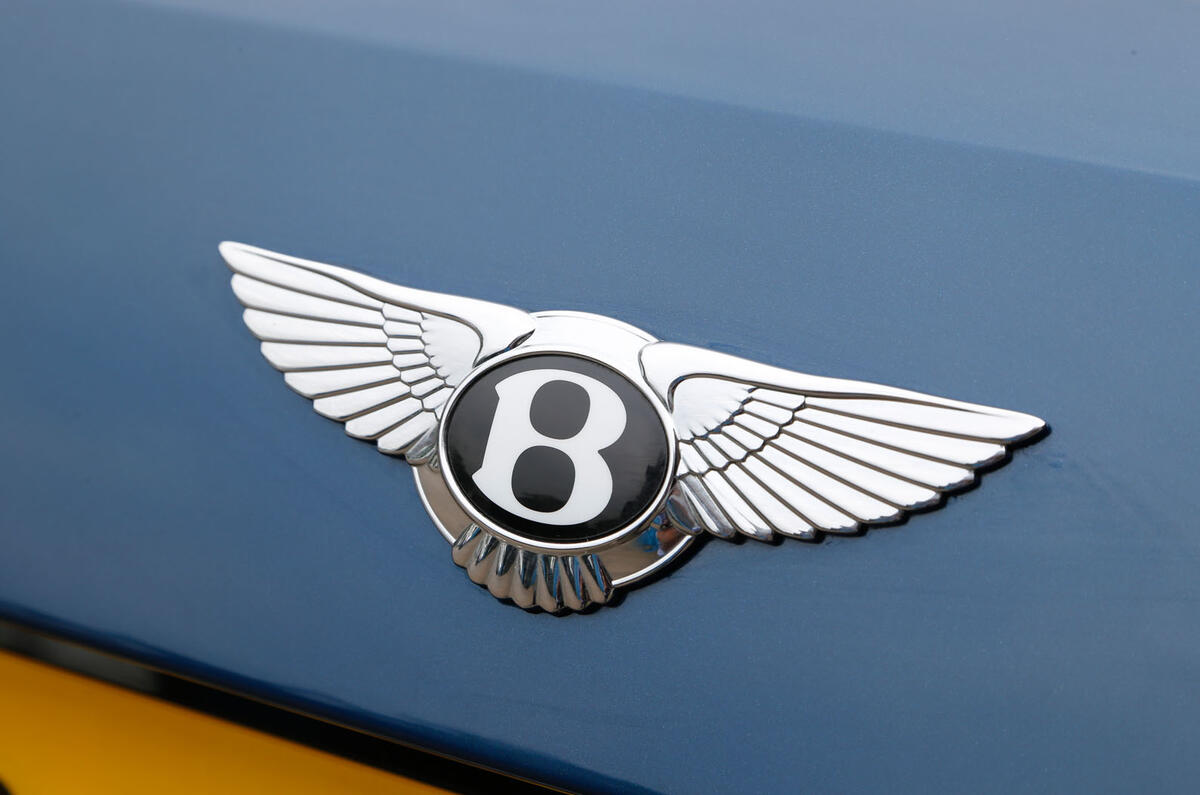

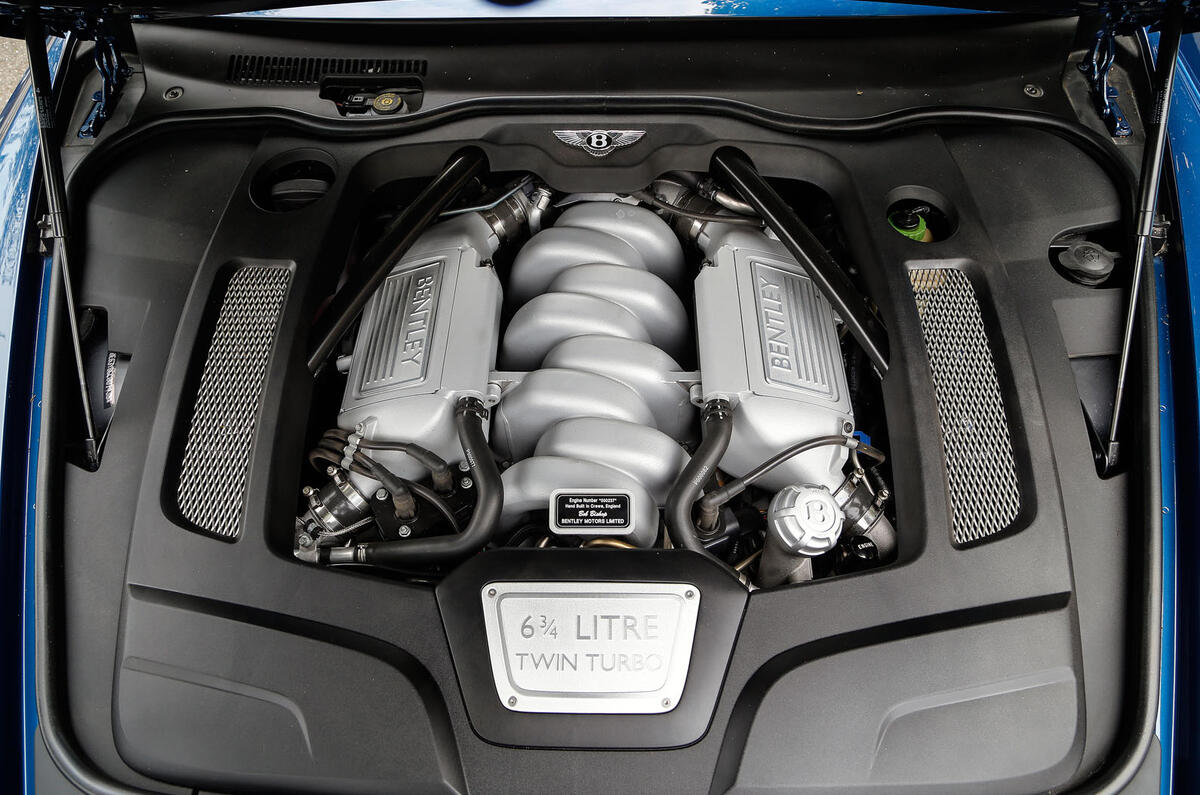
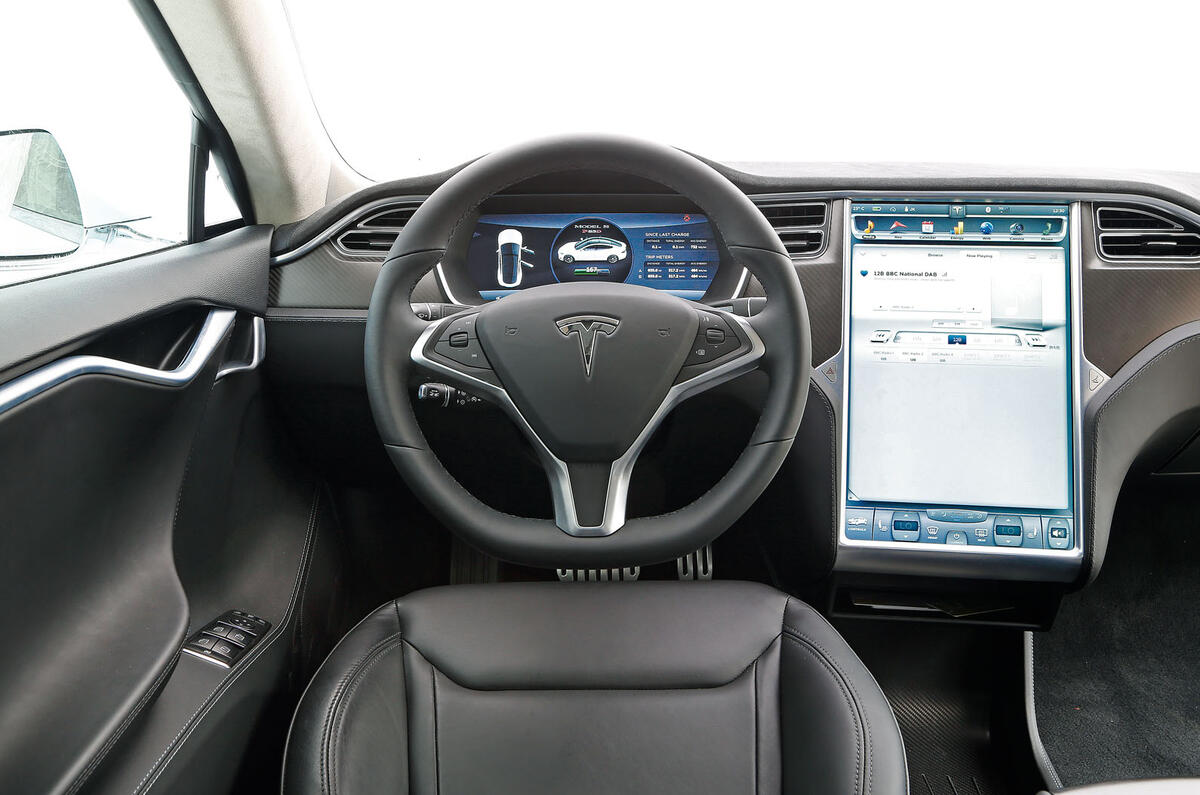

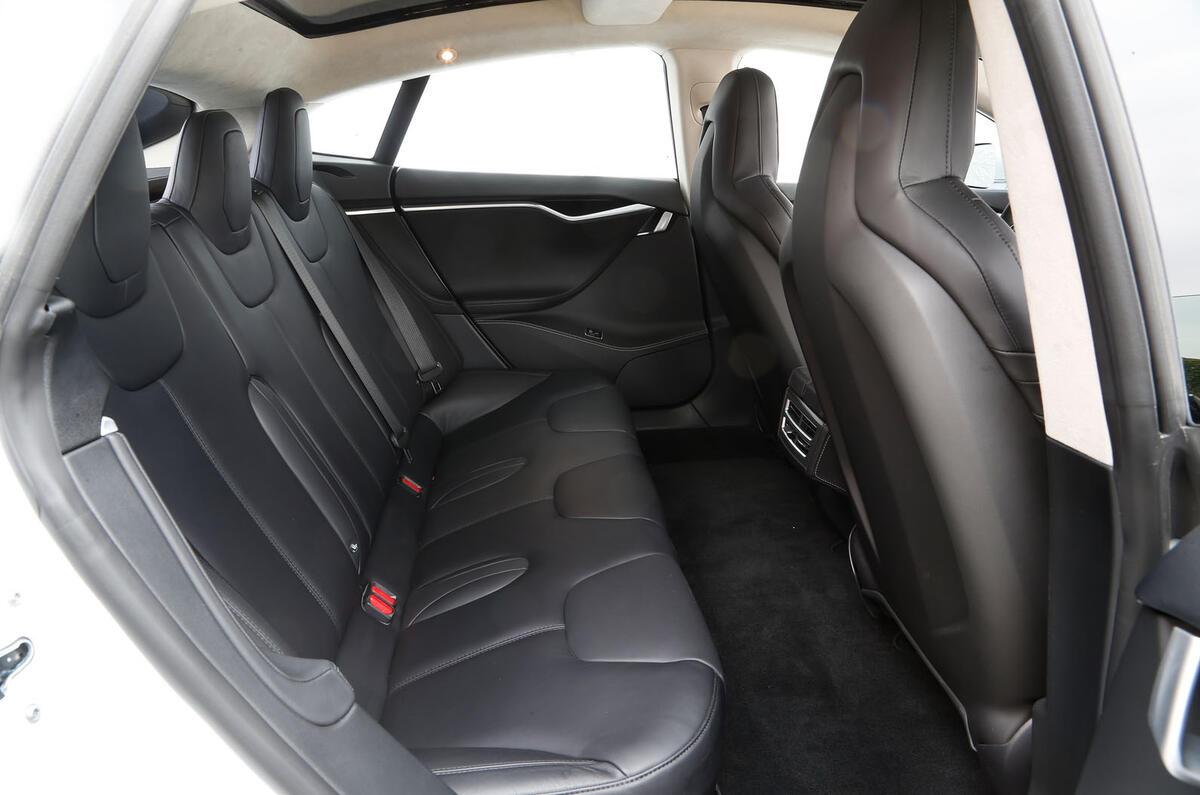
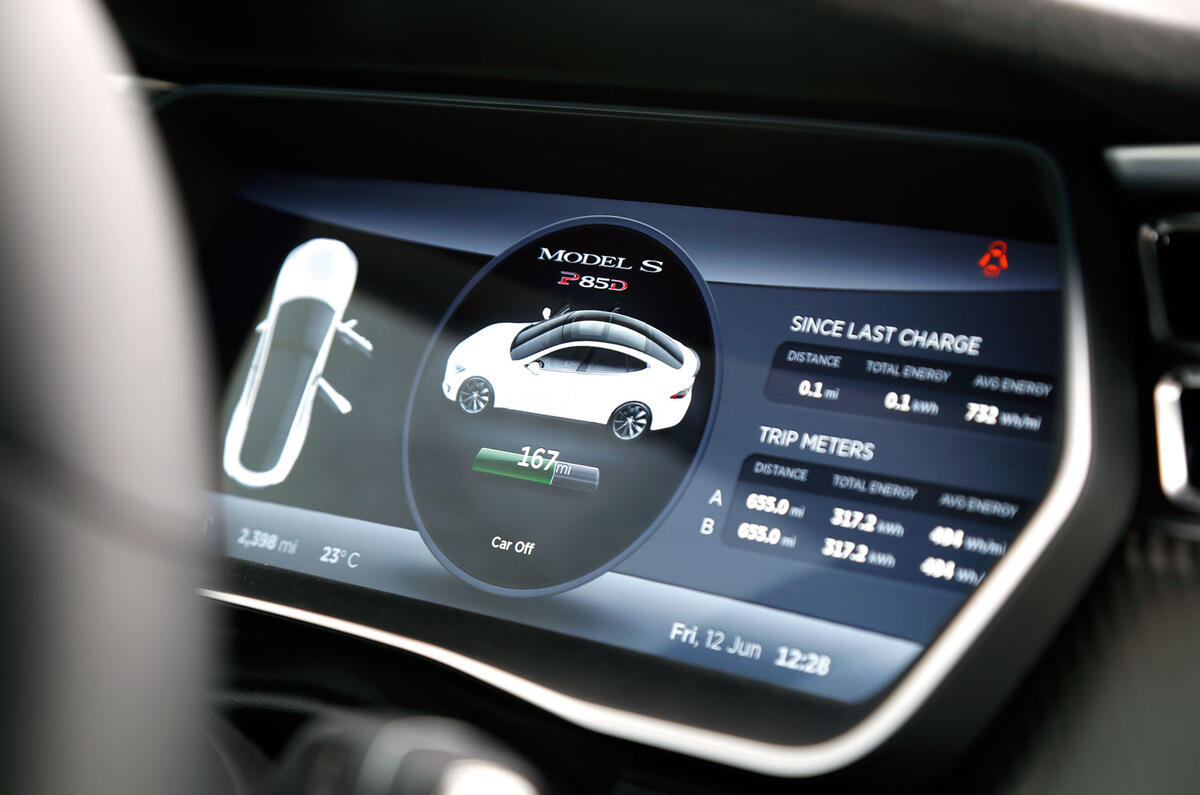
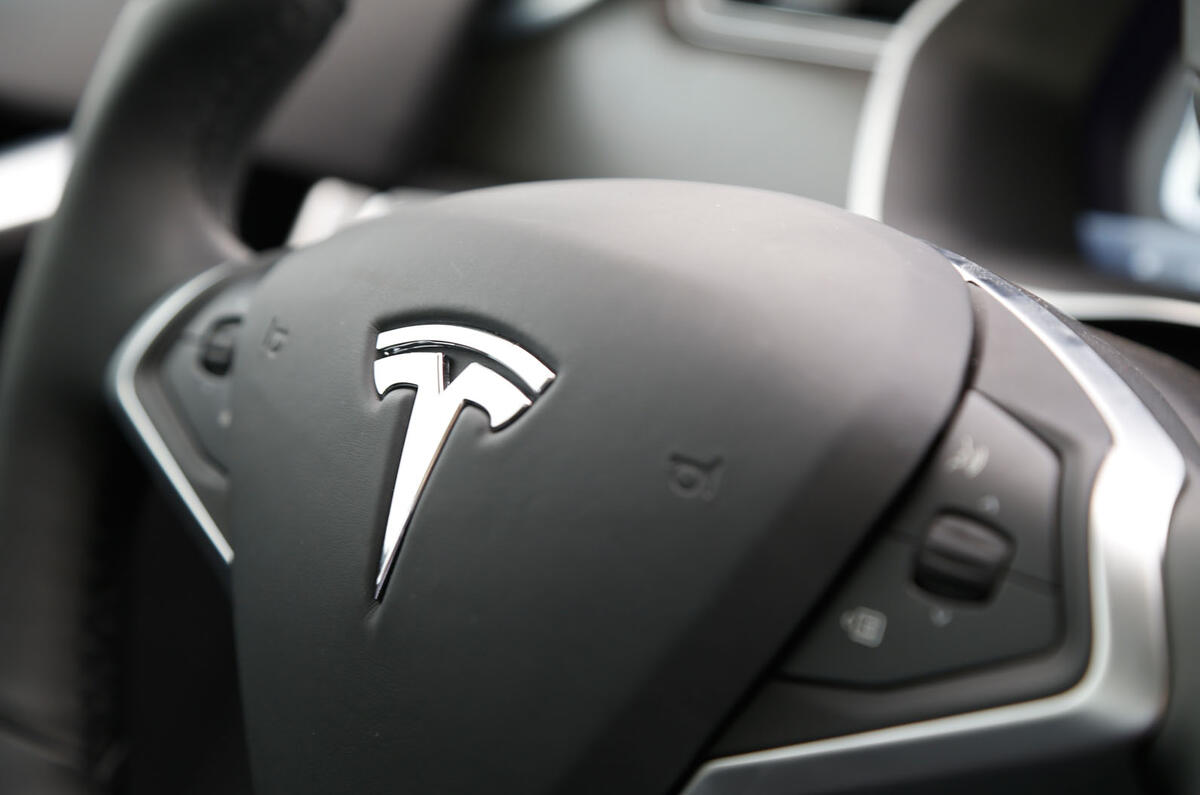
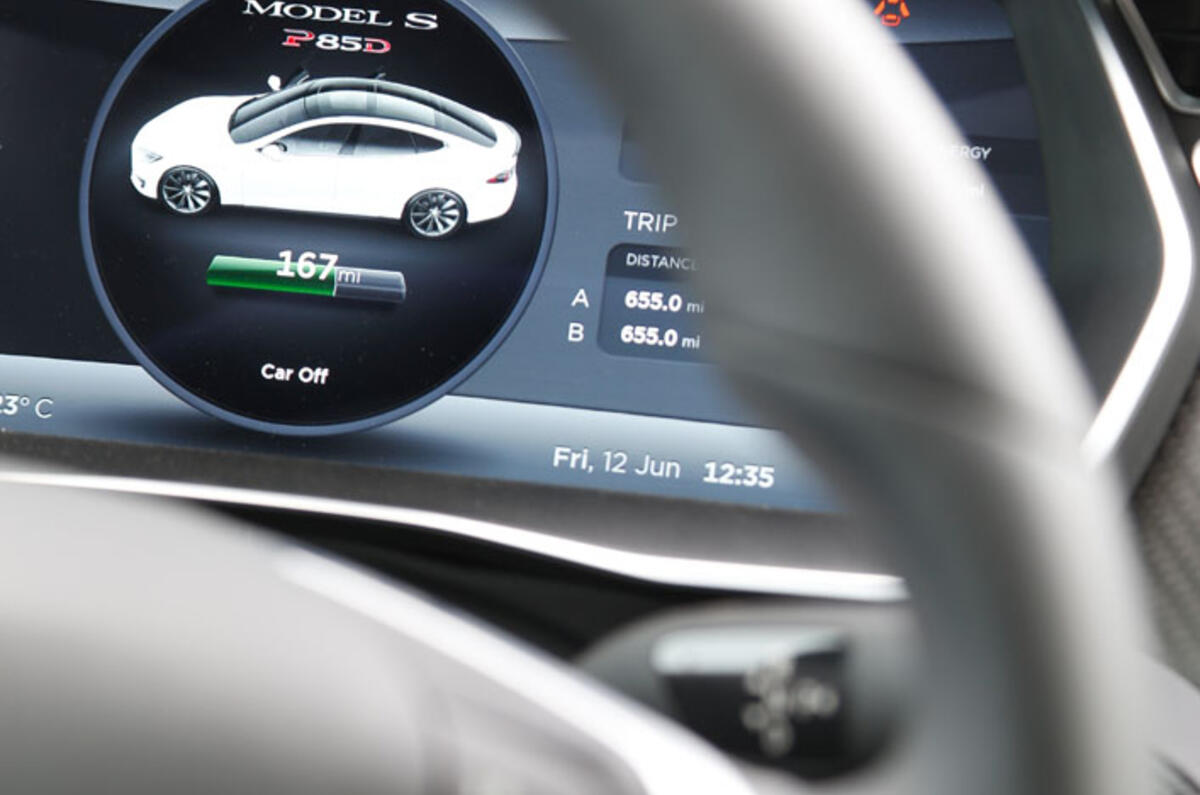
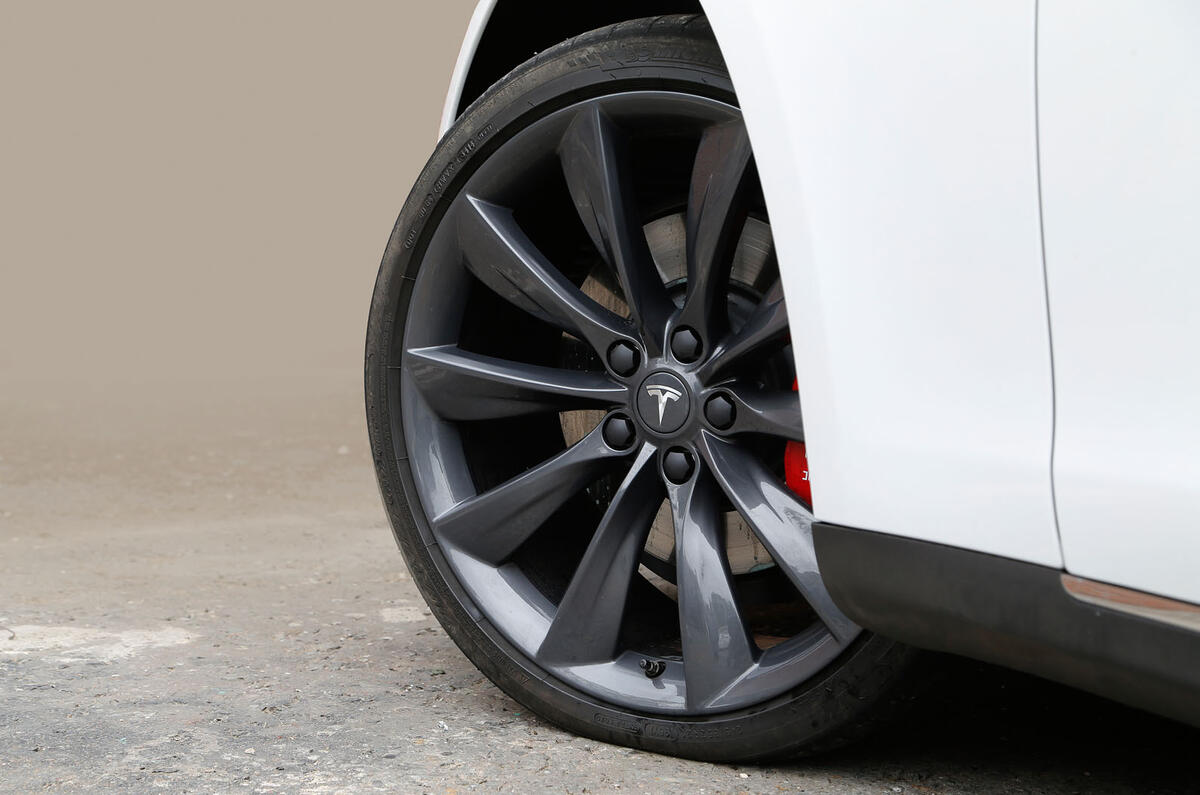
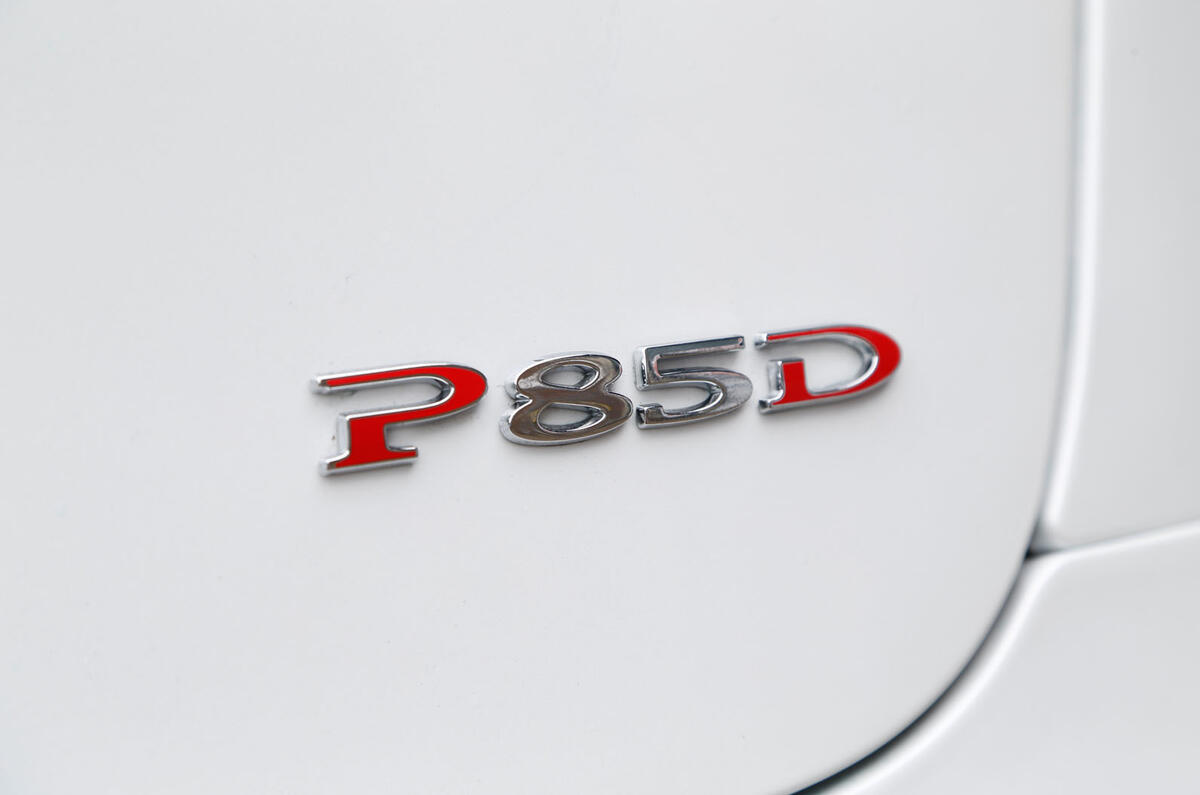
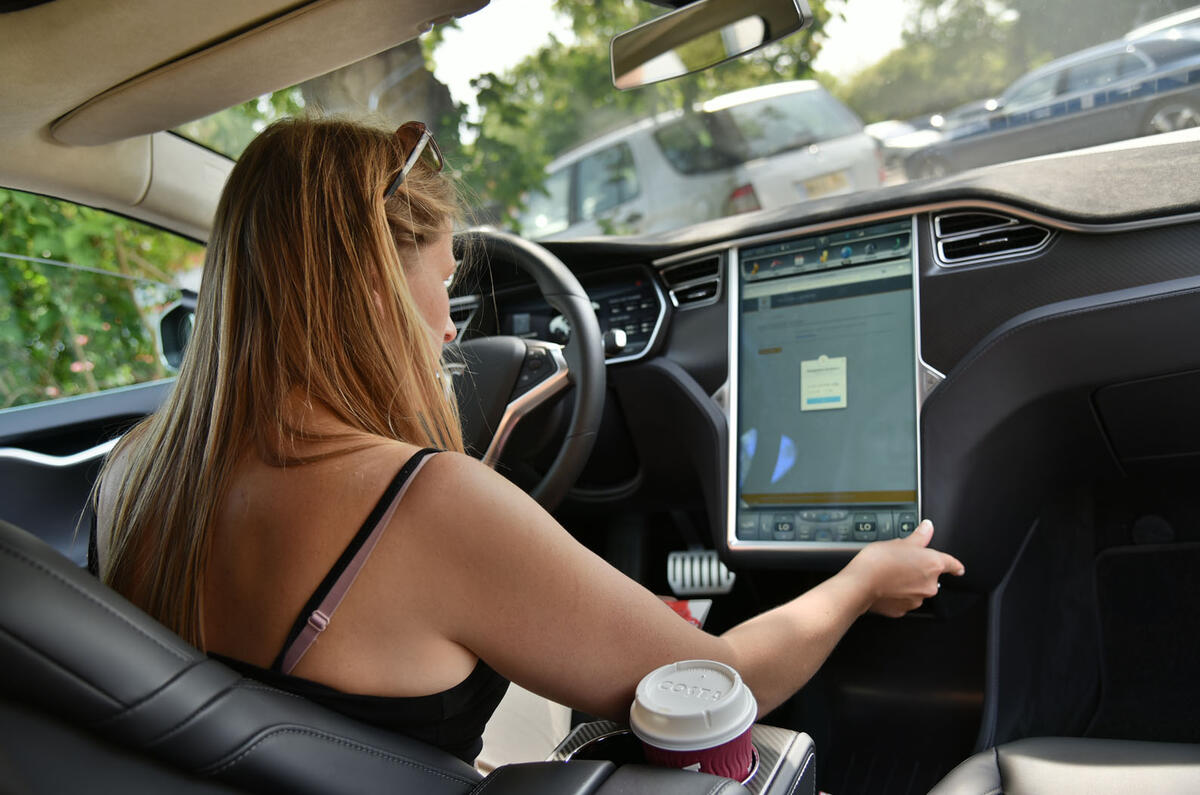
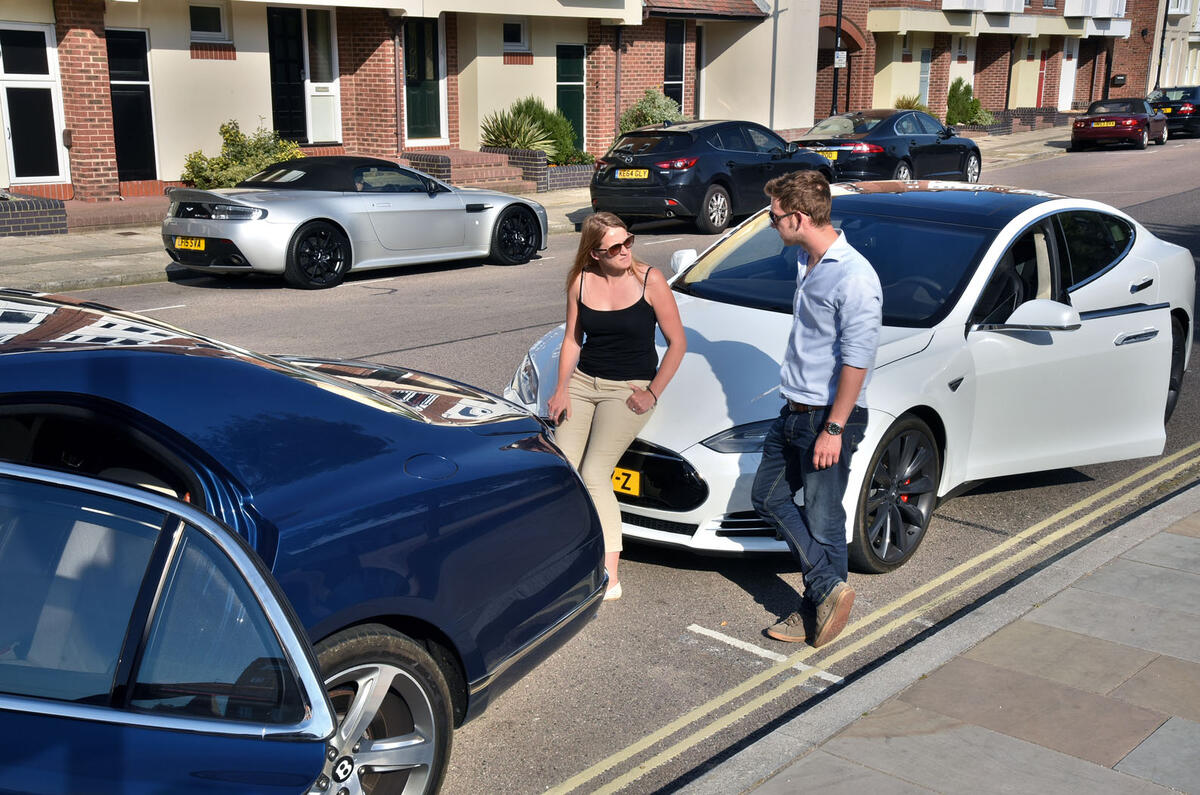
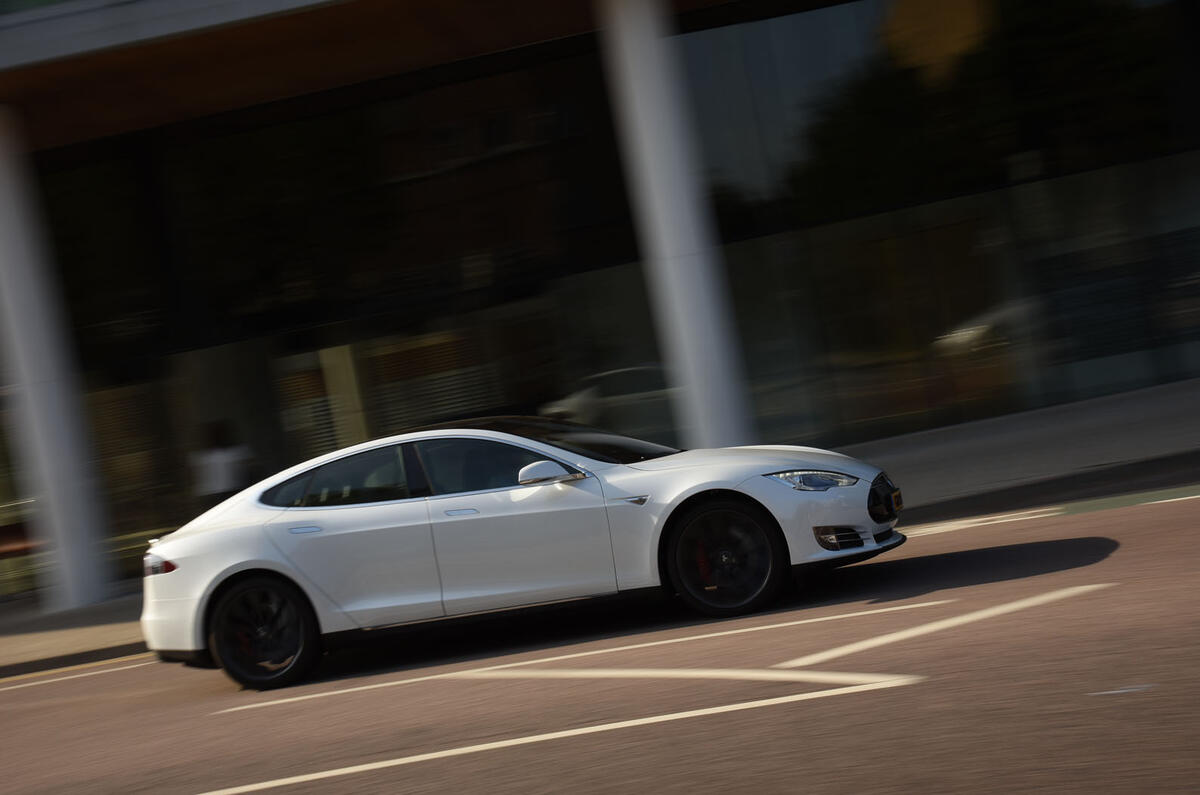
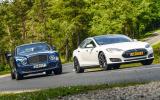
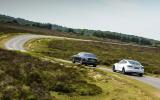
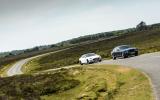
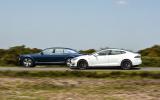
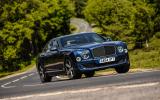
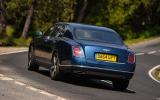
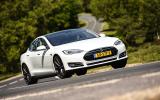

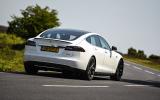

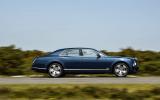
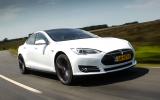
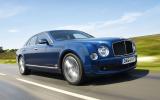
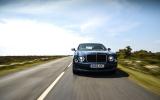
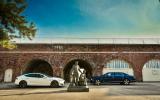
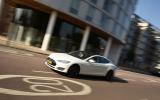
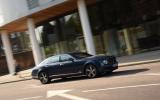

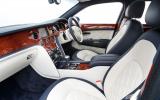
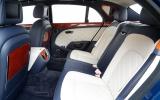
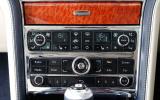
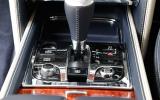

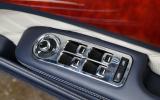


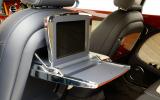

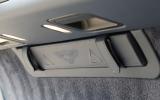

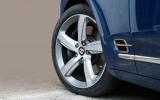
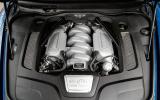
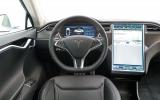


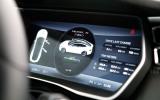
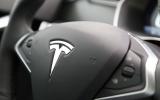
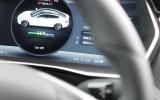
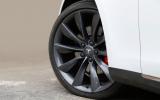
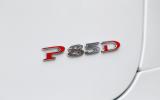


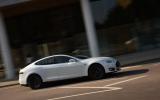




Join the debate
Add your comment
Greatly exaggerated reports
New clothes for the old Emperor
Or Rolls Royce, perhaps... in 2011
Hi Michael! I thought this idea rang a bell. Cast mind back to 2011 when Rolls Royce were toying with the idea with their 102EX Phantom Experimental Electric, with a 71kWh battery instead of sir usual powertrain. It was produced for a global tour with the idea of getting feedback from "owners, VIPs, media, and enthusiasts". Autocar ran an article on it, interesting read.
No doubt Bentley will